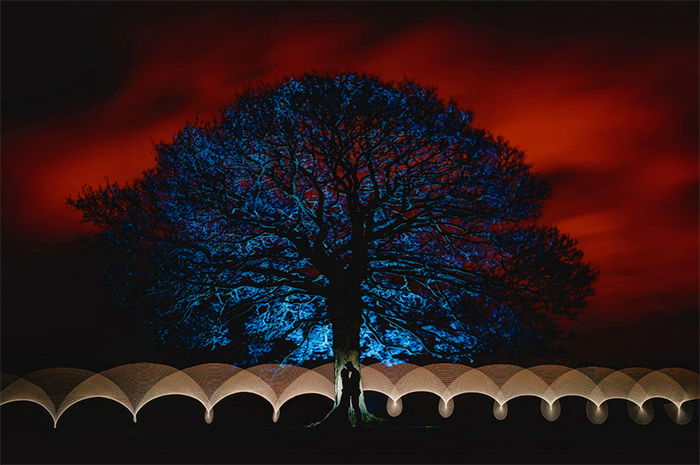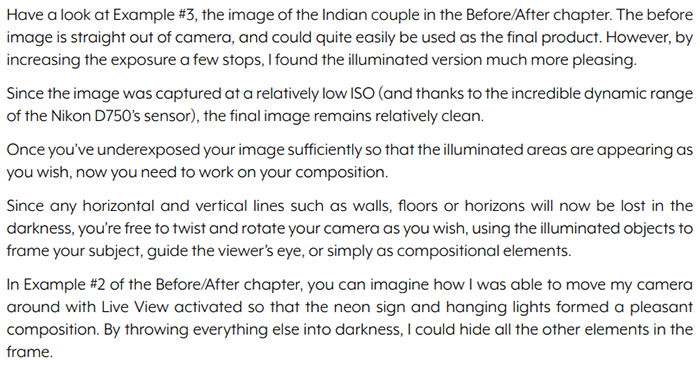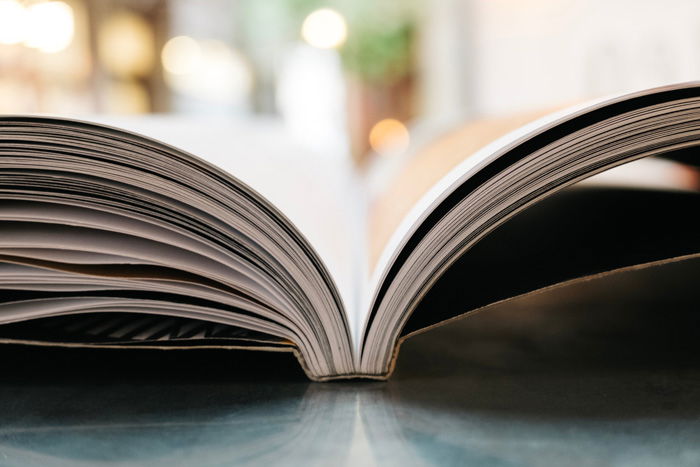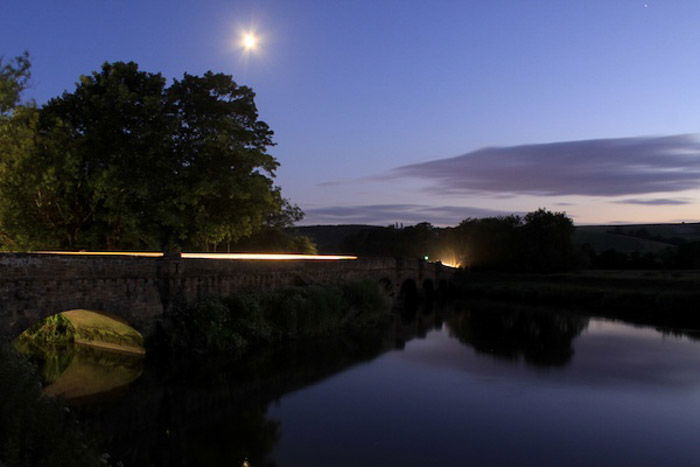LIT eBook Review (Lighting Tips of Wedding Photographers)
Wedding and portrait lighting is such a diverse topic. Many photographers get lost in the jungle of opportunities.
It’s amazing what you can do with a single, modified flash – let alone with multi-flash, elaborate setups. But to figure them out by yourself requires a ton of creativity, knowledge, and potentially financial investment.
Mark Condon of ShotKit aims to ease up the task for you by showing tested and successful templates. His LIT ebook, the LIT Book, is a compilation of fantastic lighting setups crafted by top-tier wedding photographers. Let’s see if it does a great job and whether you should consider getting a copy.
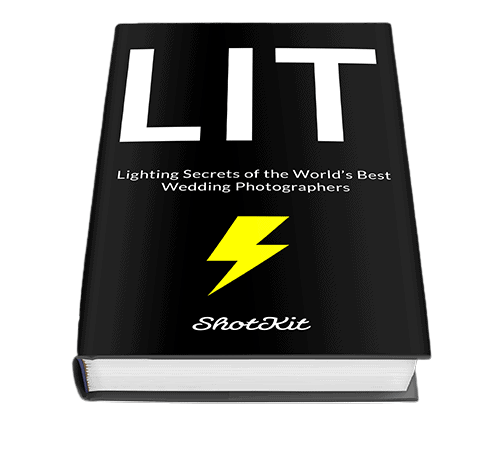
Overview of LIT Ebook
The LIT Book is built similarly to a recipe book. It gives you precise instructions for creating certain types of shots. Essentially, you’ll learn 52 methods to create amazingly lit wedding photos.
Among these, there are various shots that not only incorporate fascinating lighting setups but also use techniques like double exposure, light painting, or compositing.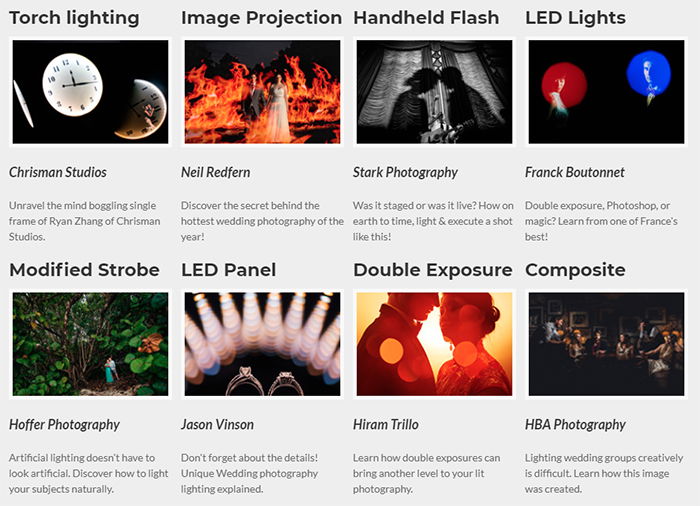
Who is the LIT Book Made For?
This book is primarily made for wedding photographers or amateurs who strive to be professionals in that niche.
However, the techniques you can learn from it are not limited to weddings. Most can be easily applied for portraits, some even to still life shots.
And if you’re not an experienced photographer, don’t let this fool you. You can, too, learn a lot from it. I don’t recommend it to complete beginners, though.
To fully appreciate this book, you need to have fairly strong camera fundamentals and know the basics of off-camera lighting. And most important of all, have a strong creative vision.
Contents and Structure
The LIT Book contains 52 lighting setups from 52 different, well-known wedding photographers. It also has an introduction by the author.
The sections are structured in the same way, so they are standardised and comparable.
First, each photographer gives you an explanation of the concept behind the shot.
I find this section particularly helpful. For me, getting to know a creator’s thought process is as important as learning how they reached the result.
Then, a section about the execution follows. This is the practical part. Here, you’ll learn exactly how to pull off the shot, from camera settings and light modifications to directing the subjects.
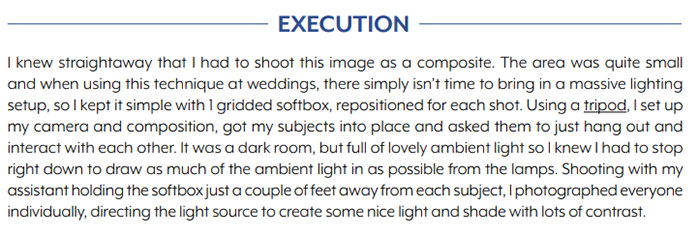
Afterwards, the photographer tells us about their post-production approach and considerations. In some setups, Mark also adds his own notes in an editor’s note section.

There’s also a section with the exact gear used, and links are provided to every piece.
On the next page comes the image itself, followed by a sketch of the lighting setup.
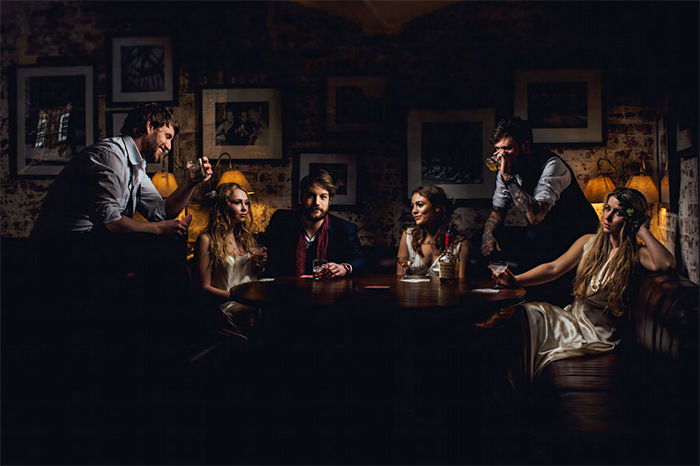
Photo by Ben Appleby
In this case, there were multiple shots, later composited. The graphic shows the placements for each of them.
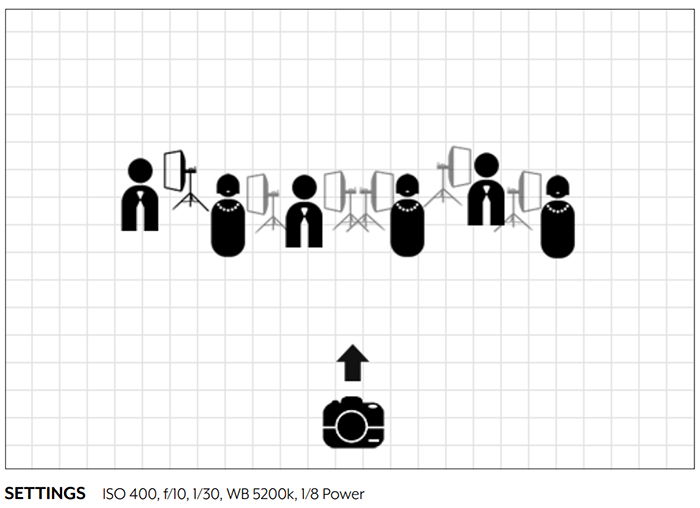
The LIT Book is roughly 24.000 words long. In this case, time estimation really doesn’t make sense because of all the illustrations.
Pricing
You purchase the LIT Book for $48 at the time of writing.
What I Loved
Imagery
The first and most notable thing about this ebook is perhaps the fantastic imagery it contains, and to know that you can also create such images. It takes a ton of practice, education, and investment, of course.
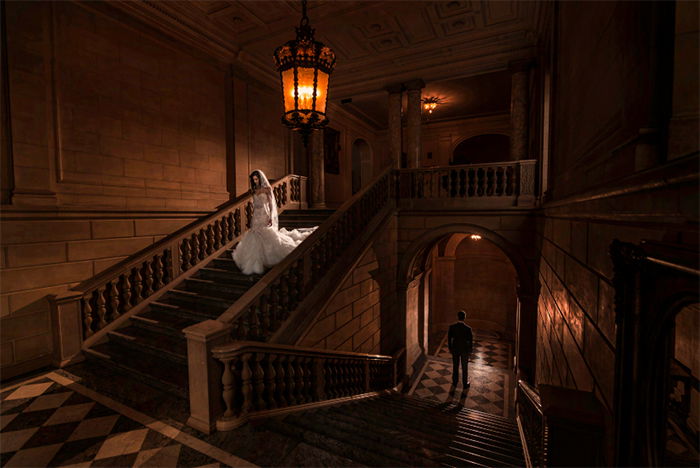
Photo by Jamie Ivins
These are the type of images that you just look at and instantly feel immersed, and know that they were shot by a pro.
Structuring
I think that the way this ebook is structured supports easy understandability and transparency. You can easily compare the type of equipment required for the photos.
You can rapidly go through the ebook, pick and learn just the setups that you love – although I suggest to read it entirely. It’s a great learning experience and visual joy.
Sketches
Although a bit sketchy in some places, the graphics make understanding the setups very easy. At a glance, you can see what gear was used where, and in what relation to the others.
After a while, you’ll be able to see this just by looking at the image, in 98% of the cases. But until then, the illustrations help a lot.
Areas to Improve
Method Description
Mark’s explanation of his lighting method, while containing a lot of advice and resources, feels a bit rushed.
The line of thought is a bit messy. He refers to images, which you can’t see in this chapter, only a few pages later. You can’t always follow what he’s writing about unless you have the book open in two separate windows.
I suggest fixing this issue in a new version, perhaps by combining the Method and Before/After chapters.
I couldn’t find other issues significant enough to appear here.
Alternatives
Oddly enough, the only alternative I can come up with is a video course.
SLR Lounge Lighting 3
This course is primarily created by Pye Jirsa, one of the photographers also appearing in the LIT Book. It’s similarly structured, also containing ‘recipes’, different setups showcased in each chapter.
As a professionally produced, 8-hour-long video tutorial, it comes at a higher price of $149. Given its 1st place in our recent course comparison, I can highly recommend it.
However, there’s not a lot of overlap in actual content between the two, because both are very specific. You can get both and learn a lot. Check it out here, and my review here.
Conclusion
The LIT Book is a great recipe book mainly designed for wedding photographers, but profiting everyone who reads it.
I can recommend to almost anyone, except beginner photographers. Check it out here.
Scores
We have introduced an objective, score-based review system on Expert Photography. Head over to our review summary page for more information.
| Value for Money (20) | 19 |
| Coverage (20) | {{column-name-2}}: 18 |
| Accuracy (20) | {{column-name-2}}: 20 |
| Ease of Learning (15) | {{column-name-2}}: 8 |
| Production Value (15) | {{column-name-2}}: 11 |
| Uniqueness (5) | {{column-name-2}}: 5 |
| Community and Learning Support (5) | {{column-name-2}}: 2 |
| Total (100) | {{column-name-2}}: 83 |
